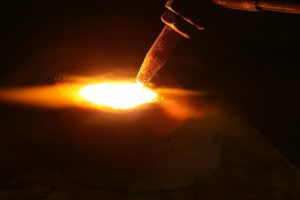With so many different kinds of metals available commercially, it is easy to get confused between multiple choices, especially if the variations are very subtle. Metals of the same basic element are even more difficult to classify because they often share qualities. (more…)



